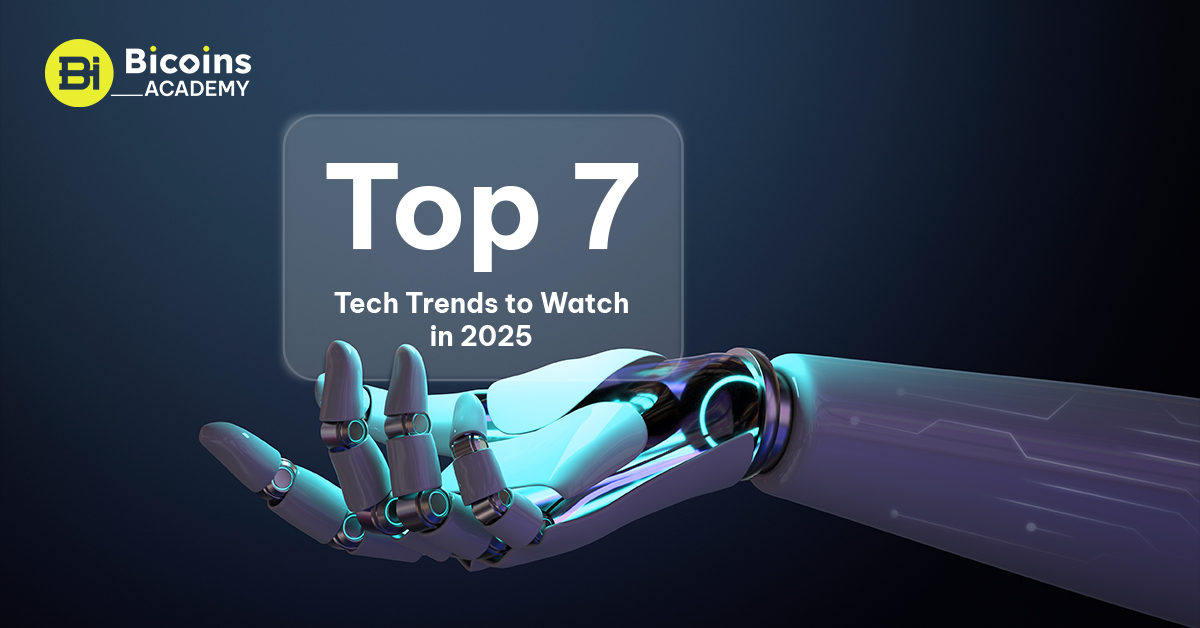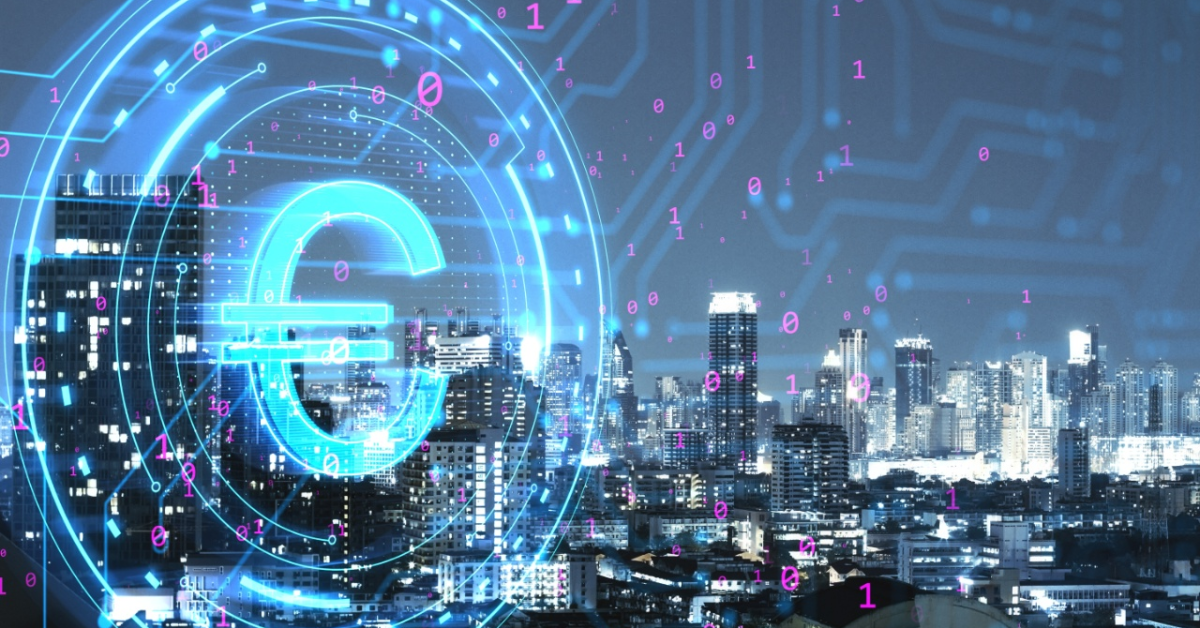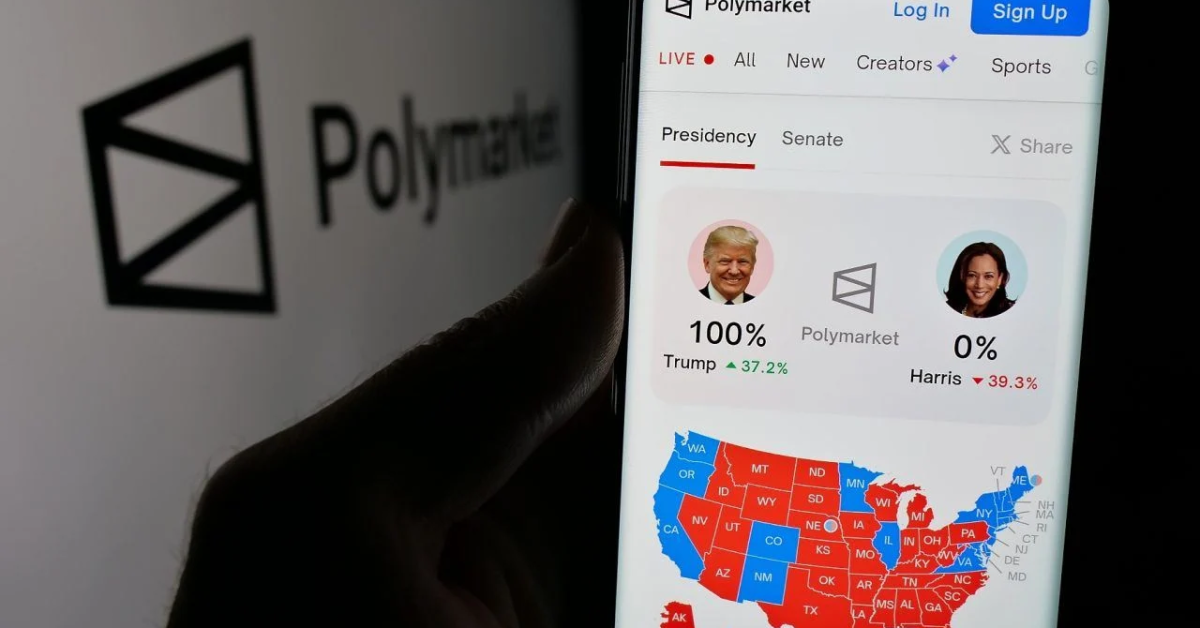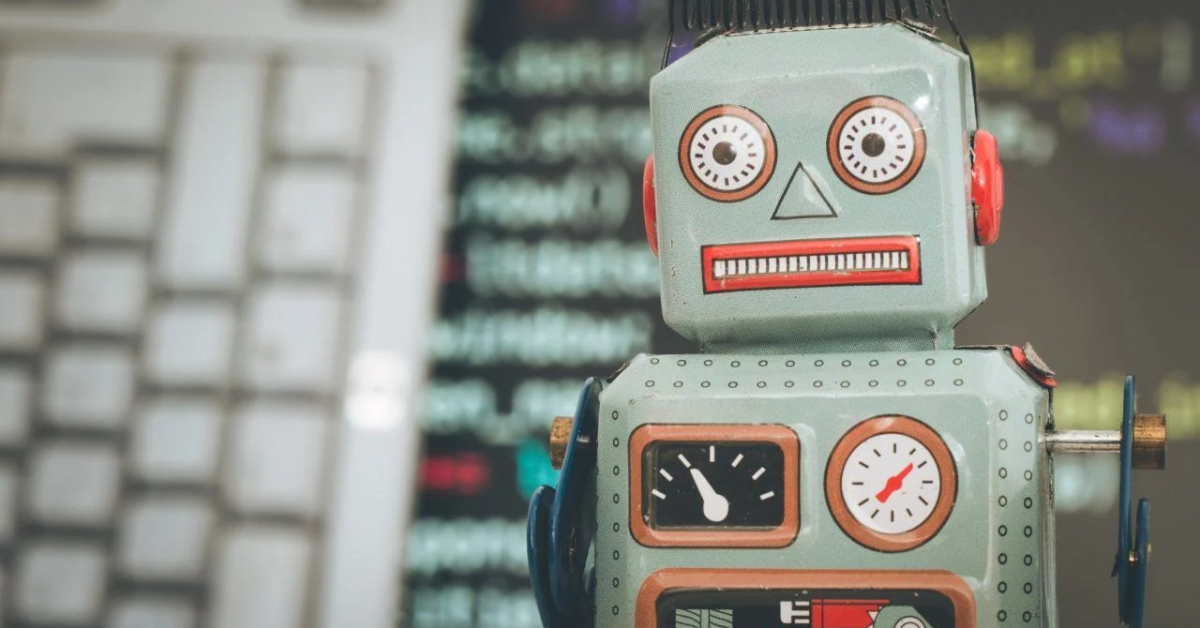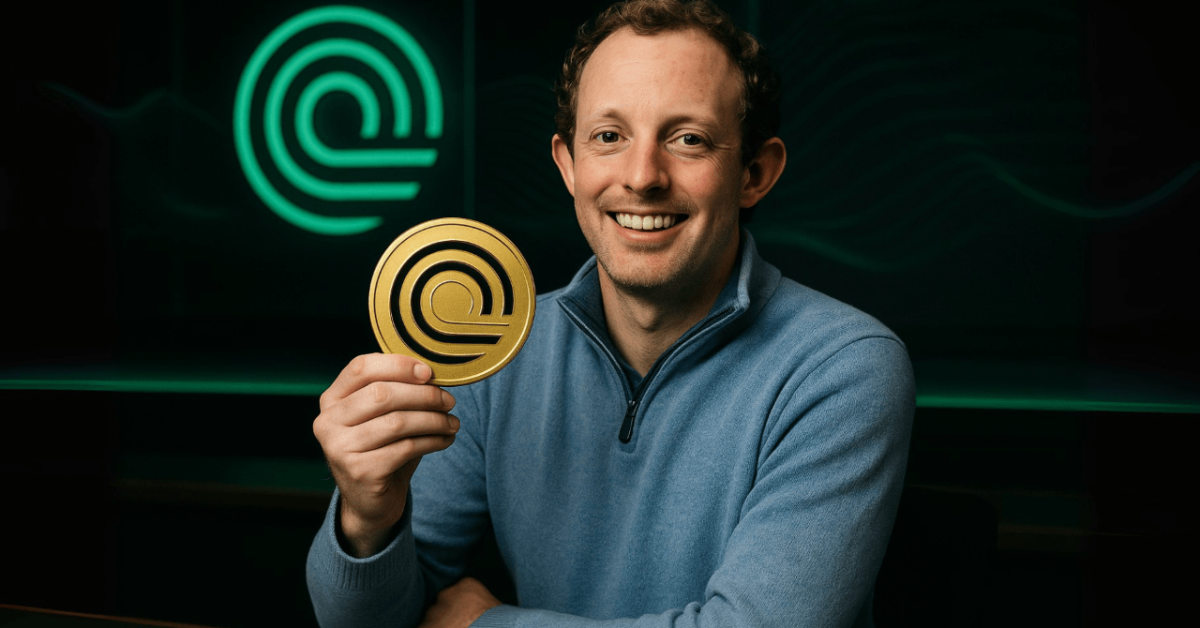Top 7 Tech Trends to Watch in 2025: From Web3 to Sustainable AI
As we look ahead to 2025, technology continues to shape our lives at an unprecedented pace. The trends unfolding now will not only reshape industries but also transform the way we interact with the world around us. This blog explores seven key tech trends that everyone should keep an eye on, including the much-hyped Web3 and the rise of sustainable AI. Whether you’re a tech novice, a small to medium enterprise (SME), or involved in the aquaculture sector, understanding these developments is crucial for staying competitive and relevant.
Embracing the Decentralized Future: Web3
Web3 represents the next evolution of the internet, where decentralization and blockchain technology empower users. Unlike its predecessor, Web2, which is dominated by big tech companies, Web3 enables users to control their data and engage in peer-to-peer transactions without intermediaries.
What is Web3?
Web3 uses blockchain technology to create a decentralized web, where applications (dApps) operate on a distributed network rather than centralized servers. Key concepts involve:
- Blockchain: A digital ledger that records transactions across multiple computers.
- Smart Contracts: Automated contracts that execute when predetermined conditions are met, enabling trust and transparency.
- NFTs (Non-Fungible Tokens): Unique digital assets that represent ownership or proof of authenticity.
In Vietnam, companies like Kyber Network are at the forefront of Web3 development, providing decentralized finance (DeFi) solutions that allow users to trade cryptocurrencies without traditional bank involvement.
The Green Revolution in Tech: Sustainable AI
Artificial Intelligence (AI) has made significant strides in various sectors, but its environmental impact has sparked debate. By 2025, the focus will shift towards sustainable AI, which aims to create energy-efficient algorithms and reduce carbon footprints associated with AI technologies.
Why Sustainable AI?
The development of AI models is often resource-intensive, leading to high energy consumption. Sustainable AI seeks to address these challenges by:
- Developing energy-efficient algorithms.
- Utilizing renewable energy sources for data centers.
- Optimizing AI training processes to minimize carbon emissions.
For instance, tech giants such as Google and Microsoft are investing in AI solutions that prioritize sustainability, aiming for carbon-neutral operations.
The Internet of Things (IoT) Evolution
The Internet of Things (IoT) refers to the interconnection of everyday devices via the internet, allowing them to collect and exchange data. By 2025, IoT will play an even more significant role in various industries, including aquaculture.
Real-World Applications
IoT devices can monitor water quality, temperature, and fish health in aquaculture, ensuring optimal conditions for fish farming. Companies like Moana Technologies in Vietnam are harnessing IoT solutions to enhance fishery management, ensuring sustainable practices while boosting productivity.
Cybersecurity: A Growing Concern
As technology becomes ever more integrated into our lives, so too does the risk of cyber threats. By 2025, enhancing cybersecurity measures will be paramount as businesses and consumers alike become targets for cybercriminals.
What Businesses Can Do
SMEs should invest in strategies such as employing multi-factor authentication, regular security audits, and employee training on cybersecurity best practices to protect sensitive information and reduce risks.
Quantum Computing: The Game Changer
Quantum computing promises to revolutionize the computing power available today by utilizing the principles of quantum mechanics. By 2025, we may witness breakthroughs that significantly impact sectors like cryptography, drug discovery, and financial modeling.
The Current State of Quantum Computing
While still in its infancy, companies like IBM and Google are leading the charge in quantum computing development. In the near future, technologies that were once the realm of science fiction could provide solutions to complex problems beyond the capabilities of traditional computers.
5G Networks: The Accelerated Connectivity
The deployment of 5G networks marks a crucial advancement, providing faster internet speeds and more reliable connections. This technology not only enhances mobile connectivity but also facilitates other technological advancements.
Impact on SMEs and Aquaculture
Faster internet speeds enable SMEs to leverage technologies such as cloud computing and AI more effectively. In aquaculture, real-time monitoring systems and data-driven decision-making will be more accessible, translating into improved operational efficiency and fish productivity.
Personalized Technology: AI-driven Experiences
As AI continues to evolve, the shift towards personalization will become more pronounced. By leveraging data analytics and machine learning, companies can offer tailored experiences to their users.
Benefits for Small Businesses
For SMEs, personalized marketing strategies powered by AI can lead to better customer engagement and higher conversion rates. AI tools can analyze customer behavior to provide insights into preferences and trends, allowing businesses to create targeted marketing campaigns.
Conclusion: Staying Ahead in 2025 and Beyond
The technology landscape is rapidly evolving, with trends such as Web3, sustainable AI, IoT, and quantum computing reshaping how we live and work. For SMEs and professionals in various sectors, including aquaculture, embracing these changes is key to staying competitive.
As we head into 2025, let us harness these innovations to create a more sustainable, efficient, and connected world. Together, we are paving the way for a brighter technological future. Stay informed and engaged, and be ready to adapt to the exciting changes ahead!

